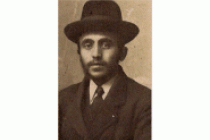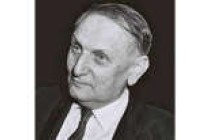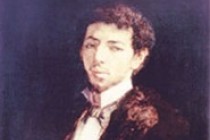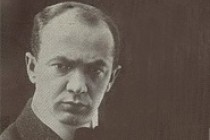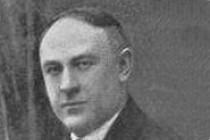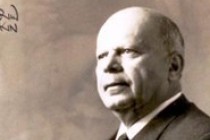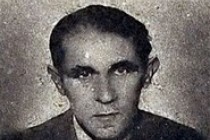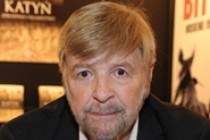Thanks for registering to our newsletter.



The Jews of Drohobycz, Boryslaw and the surrounding villages experienced many booms and busts throughout history that ultimately ended tragically in the Holocaust. The Jewish population of the region was largely responsible for developing the rich natural resources of salt and petroleum of the area and converting them into thriving industries. This region was also home to many noted business leaders and intellectuals. Using their initiative and talent, they transformed these small Galician towns into a significant center of industry and culture.
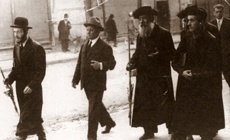 Our lives and those of our parents and their ancestors have been affected by a combination of cultural, religious and family traditions and the larger historical events of Galicia, the region of Austria-Hungary where they lived.
Our lives and those of our parents and their ancestors have been affected by a combination of cultural, religious and family traditions and the larger historical events of Galicia, the region of Austria-Hungary where they lived.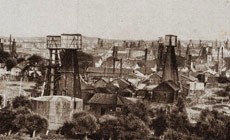 A question to ponder: what would have been the fate of Boryslaw, Drohobycz and the surrounding villages were it not for the discovery of oil in the area in the nineteenth century?
A question to ponder: what would have been the fate of Boryslaw, Drohobycz and the surrounding villages were it not for the discovery of oil in the area in the nineteenth century? We, the Holocaust survivors, our children and grandchildren can be divided into two groups: those who talked and continue talking about the horrors and those who could not utter a word. Here, on our website we provide a podium
We, the Holocaust survivors, our children and grandchildren can be divided into two groups: those who talked and continue talking about the horrors and those who could not utter a word. Here, on our website we provide a podium 